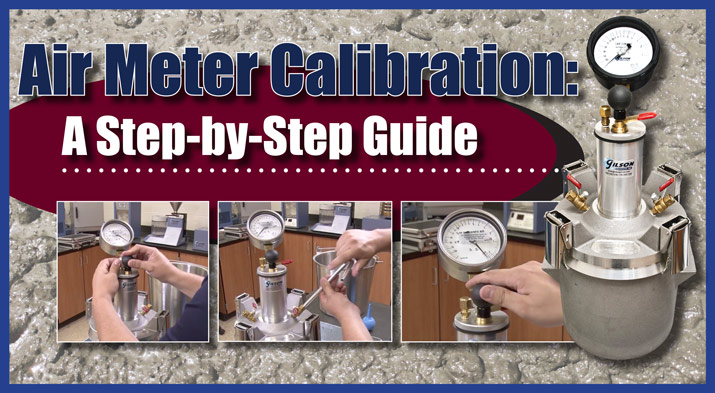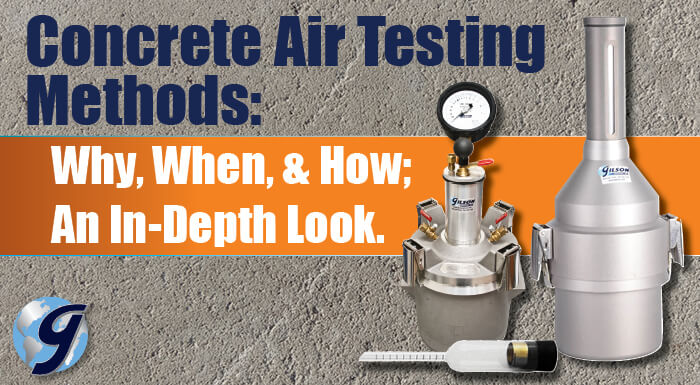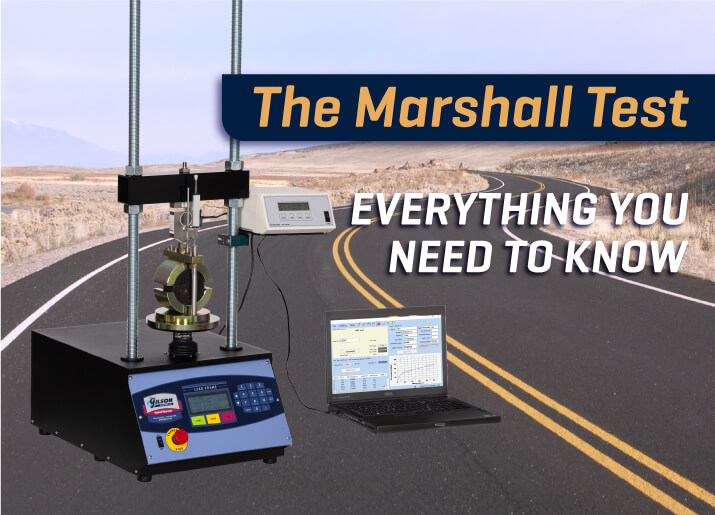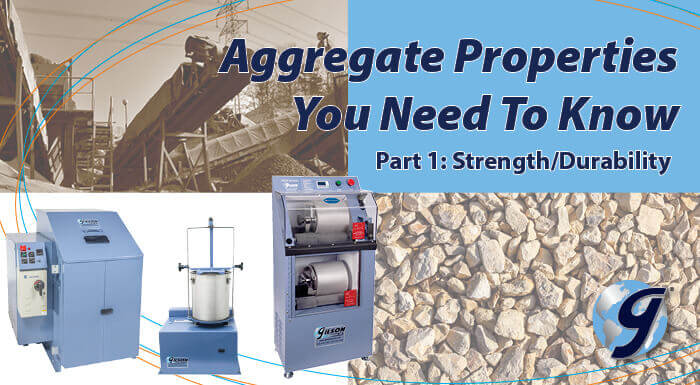In this blog, we briefly discuss what soil permeability (hydraulic conductivity) is and detail what equipment can be used for a wide array of soil permeability tests.
- Log in
- Favorites List
-
Shopping Cart
You have no items in your shopping cart.
- Gilson Chat
Gilson Insights
Have questions about your materials testing equipment? We have the answers to these questions and much more right here! Check back monthly for long-form blog posts, how-to guides and infographics. We’ll address industry insights, the operation and maintenance of specific equipment, and our product line recommendations, all designed to better serve you.
Bookmark this page, add it to your RSS reader, or subscribe to our newsletter, so you never miss a hot topic.
In this blog, concrete air meter calibration will be broken down into everyday language in such a way where the practice won't be tough to carry out and won't take long either.
Testing for air content is always recommended to profile characteristics of the admixtures in concrete. In this blog, we discuss what, why, and how to perform such test methods for concrete air testing.
Proper soil compaction increases strength and stability resulting in successful structures and pavements. This blog will discuss the various means of testing soil compaction, which methods are suitable for your project, and the importance of having the right personnel in place.
Maximum strength with minimum deformation. Get an in-depth look at how the Marshall method is used to attain optimum asphalt content.
Superpave’s origins came from simple questions that ballooned into complex, numerous offshoots as time passed and funding permitted. In this blog post, we discuss the impact of Superpave from the perspective of mix design, construction materials testing, and equipment for the lab.
Concluding our two-part series on aggregate characteristics. Find out how shape, size, and specific gravity play a part in determining the effectiveness of aggregates in construction projects.
Soundness, toughness, and durability are all critical components to the effectiveness of aggregates used in construction. In part one of our series on aggregates, you’ll get an insider’s look at their strength properties, the methods of testing, and how to select the proper equipment for testing.
A multilayer asphalt design must perform as a single unit to withstand heavy traffic loads. In our latest blog, we’re taking a look at how asphalt tack coat is used to strengthen pavements, and how shear strength is tested to ensure optimal performance.
High decibel levels can potentially be a dangerous element in your materials testing lab. In part two of our special series on workplace safety, you’ll discover some of the best ways to reduce noise levels during testing.
- 2025
- 2024
- 2023
- 2022
- 2021
- 2020
- 2019
- 2018
- 2017
- 2016
- 2015

























